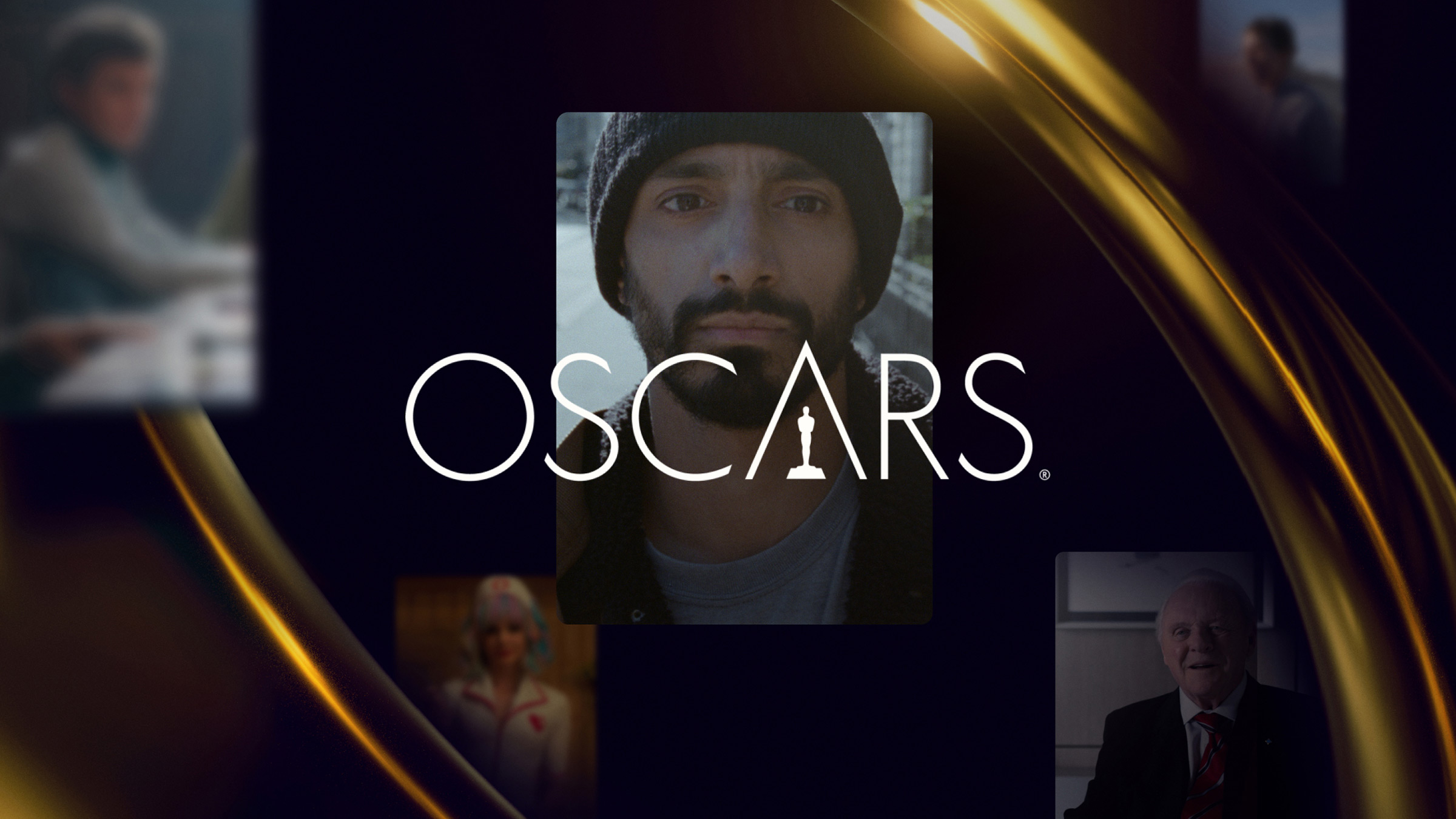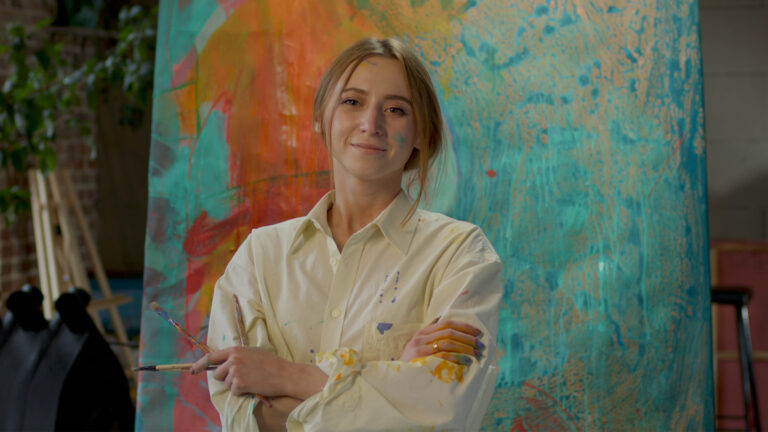Editor’s note: This year we invited editor Steve Hullfish to host a virtual roundtable of the editors behind the Best Picture and Best Editing nominees. If you want to go even deeper, check out the complete interviews and transcripts from the Art of the Cut.
It’s challenging enough for a top-tier editor to find time for an in-depth interview.
But getting all the editors of the eight Oscar-nominated Best Picture films together at once probably falls somewhere between “highly unlikely” and “not in this lifetime.”
But because I was able to interview seven of the eight individually (Chloé Zhao is already deep into post-production on Marvel’s Eternals), it seemed that a virtual roundtable would be a valuable way to compare and contrast their approaches to editing and explore their varied creative processes.
It’s an impressive international group, with a collective award-winning resume that includes four ACE Eddies, three Oscars, two BAFTAs, and an Emmy, with editors hailing from Denmark, France, Greece, Australia, and the U.S.
And, as you would expect, they all have insights and experiences that are both educational and inspirational.
Contents
The editors
Alan Baumgarten for The Trial of the Chicago 7
Kirk Baxter for Mank
Yorgos Lamprinos for The Father
Mikkel E.G. Nielsen for Sound of Metal
Kristan Sprague for Judas and the Black Messiah
Frédéric Thoraval for Promising Young Woman
Harry Yoon for Minari
Landing the gig
Most editors don’t go into a job thinking about whether they’re going to be nominated for an Oscar. But that doesn’t stop a lot of us from wondering what it takes to work on a project that leads to a nomination.
The answers are as different as the films themselves. Yes, it’s useful to have great contacts, but what’s really more important is having the kind of reputation that makes others recommend you—and maintaining great relationships.
Even if you’ve worked with the director before, getting hired again isn’t necessarily a given. While it’s true that many directors want to work repeatedly with an editor, others may select a different editor with a different kind of resume or expertise depending on the film.
Then there’s the interview. How do you navigate those waters? According to one editor, it’s like deciding to get married on the first date.
So let’s first look at how these editors landed their gigs.
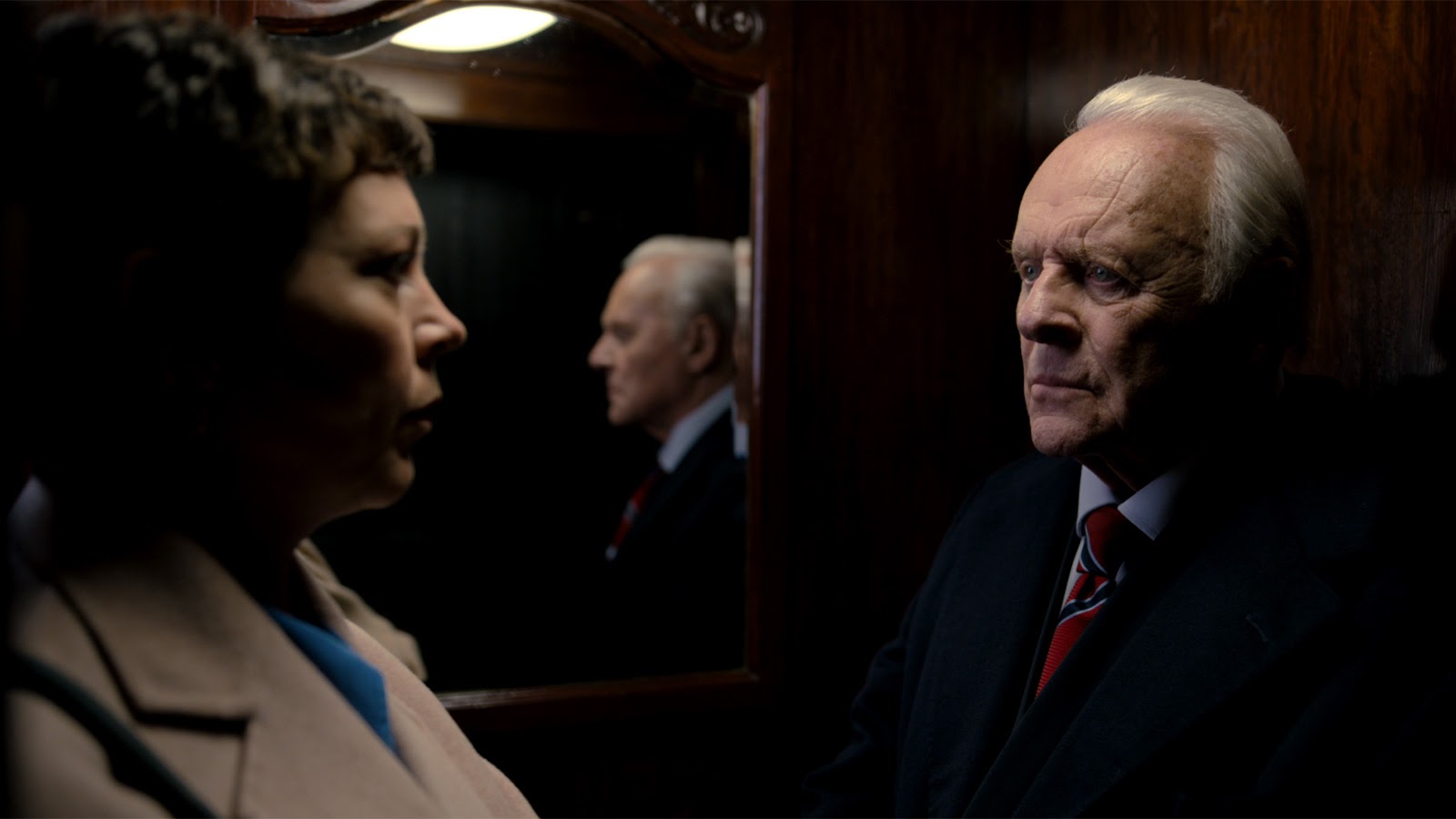
LAMPRINOS: I did a film the year before called Jusqu’à La Garde by Xavier Legrand that won the equivalent of an Oscar here in France. It’s really raw and vérité and we treated it like a thriller in terms of the pacing—simple material that had a big, powerful impact on the audience. I think that Florian (Zeller) was looking for that kind of feel for The Father. Obviously, when you meet a director it also has to do with the instinctive chemistry you have as people, and from the first time we met, we got along great. It’s an honor for me, after the collaboration, to call him a friend.
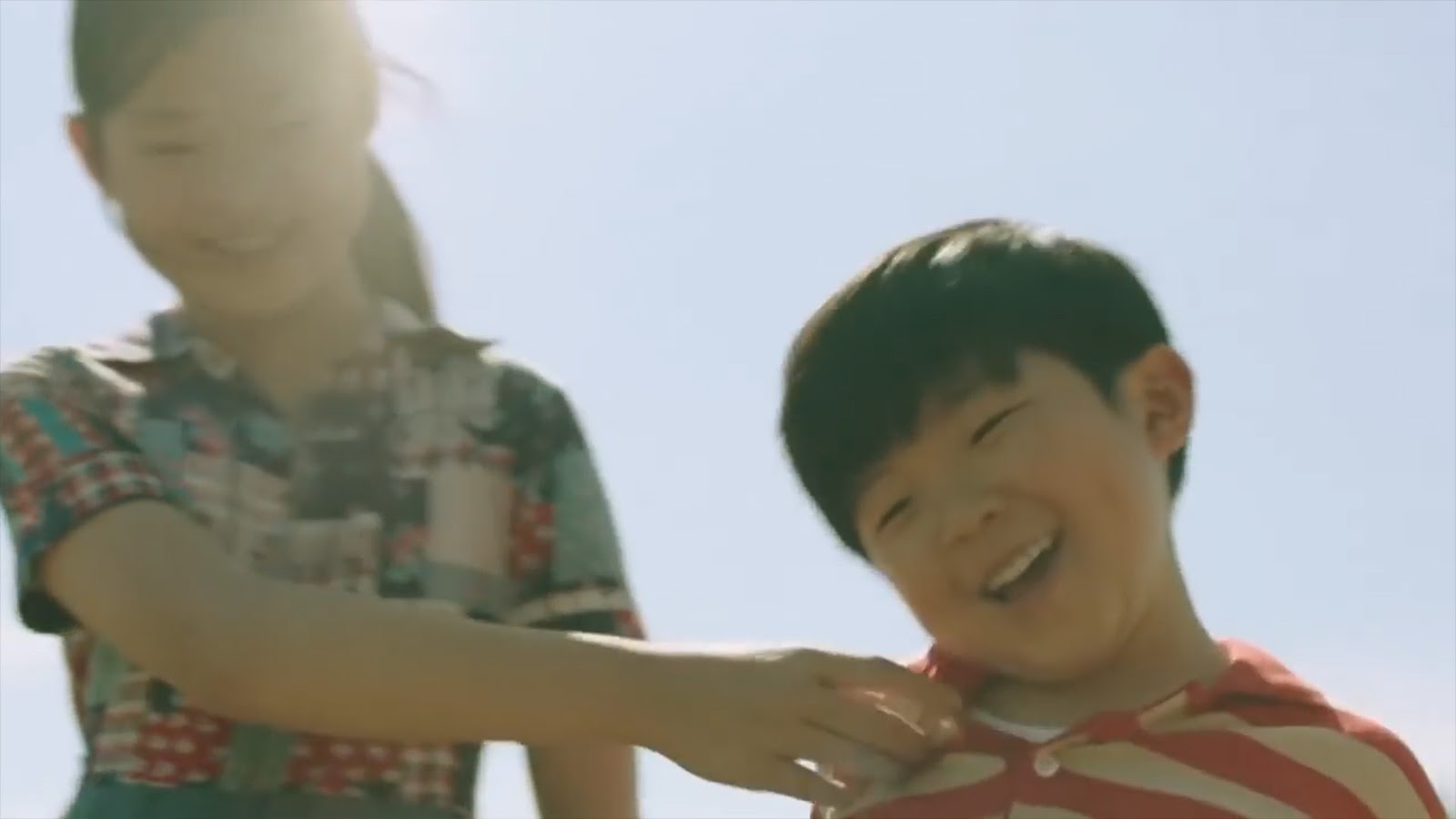
YOON: For me, the introduction came through Christina Oh, a producer at Plan B whom I’d met when we worked together on The Last Black Man in San Francisco. From my first conversation with director Isaac (Chung), we hit it off because we’re both Korean-Americans of a sort of first-and-a-half generation.
We had some great conversations about the script and about how meaningful it would be for both of us because we’re contemporaries. I think for every editor—particularly those who work in features—your dream is to meet the Scorsese to your Thelma. You dream about those people that you’re personally and creatively compatible with.
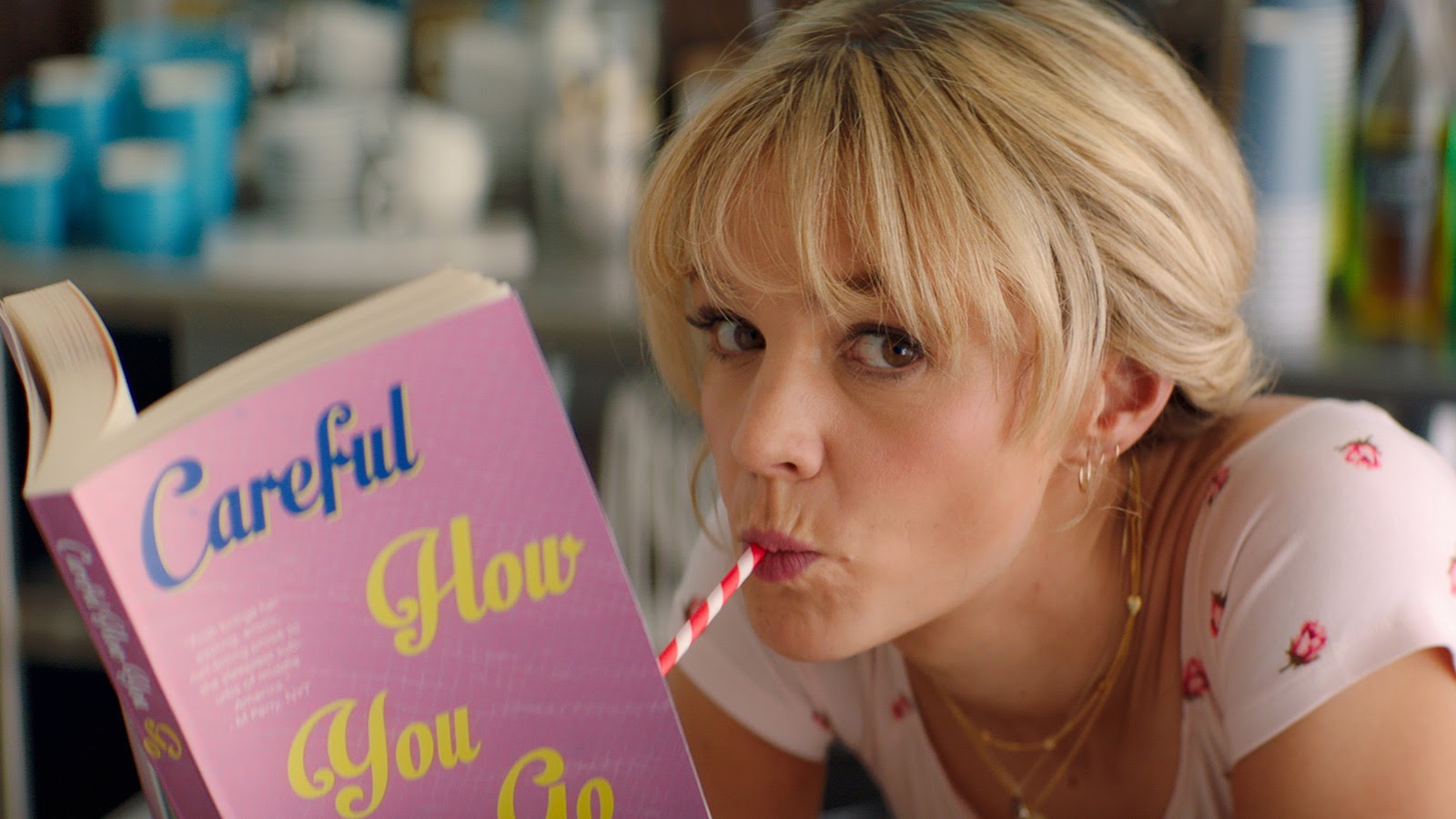
THORAVAL: I received the script for Promising Young Woman and it was the kind of script that you start reading and you can’t stop. I thought it was brilliant, a movie that you would do anything to work on. Director Emerald (Fennell) sent a detailed mood board along with the script, with everything you’ll see in the movie. She was very specific and precise and even had a playlist of all the songs that she was referring to.
We had an interview that was more of a talk. I felt at ease with her, and I think she did with me, too, because very quickly, at the end of the interview, she said, “Let’s do it.” And that was it.
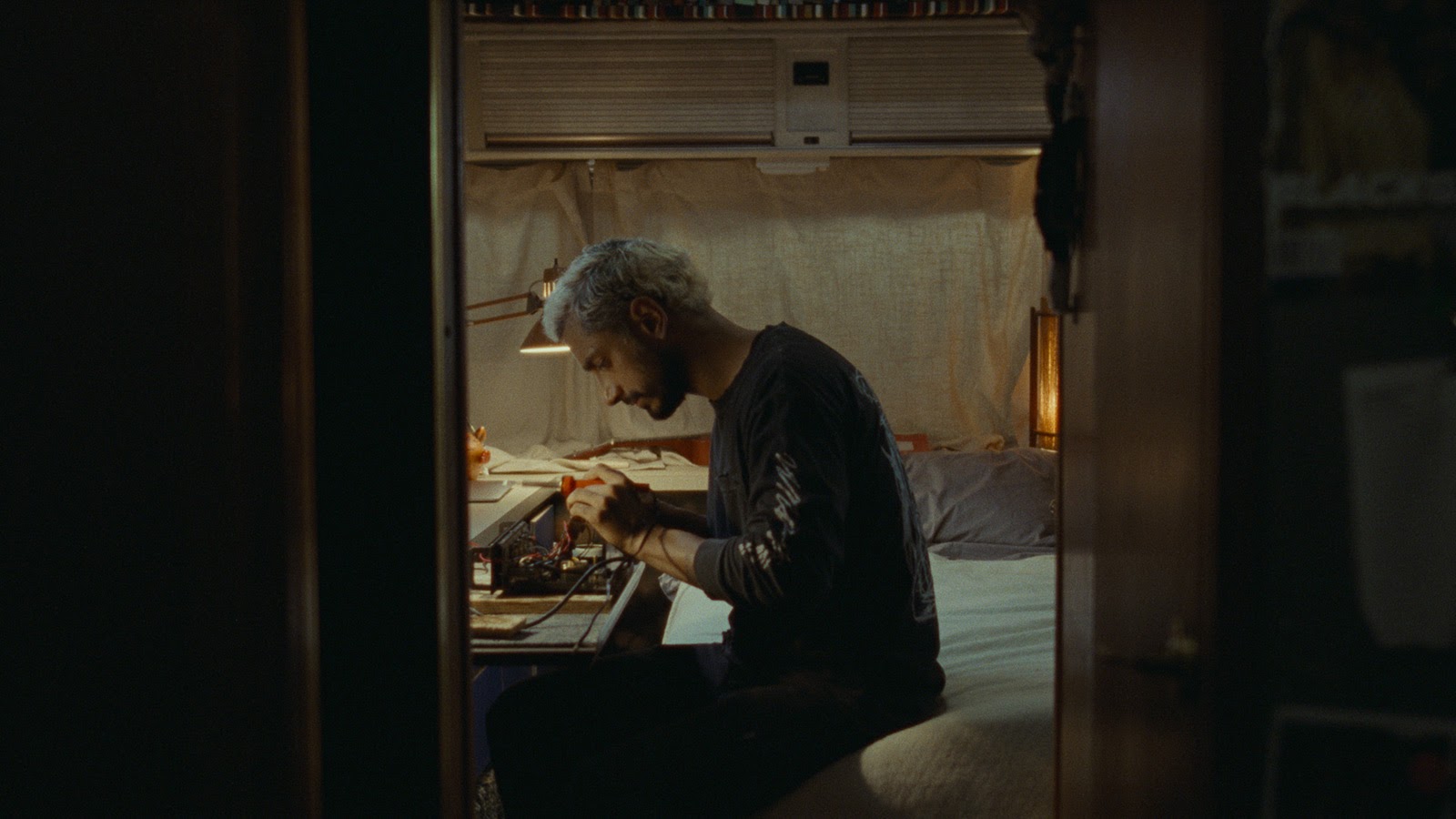
NIELSEN: Caviar is the production company for Sound of Metal and they mostly work in Europe, so I think they probably put me on the list of potential people who could edit it. Director Darius Marder had been looking for an editor for a long time and about three weeks before they finished shooting he called me.
We discussed how he likes to work—he used to be an editor himself. Then we had a conversation about how he thought the film should be and I told him what I thought. It was a very personal project for him that he’d already spent many years on.
I also saw rushes, and I felt that there was something really interesting in the material—at least from my perspective. I told Darius that I was a drummer and had grown up in a communal home and that my father was a musician who was losing his hearing. I also told him how I would approach this film if we went on this journey together, and he said that I was the first editor who had done that and that’s what he was looking for. So then I asked him to just give me all the material and not talk too much about it, and cut an assembly of my own from scratch before showing it to him.
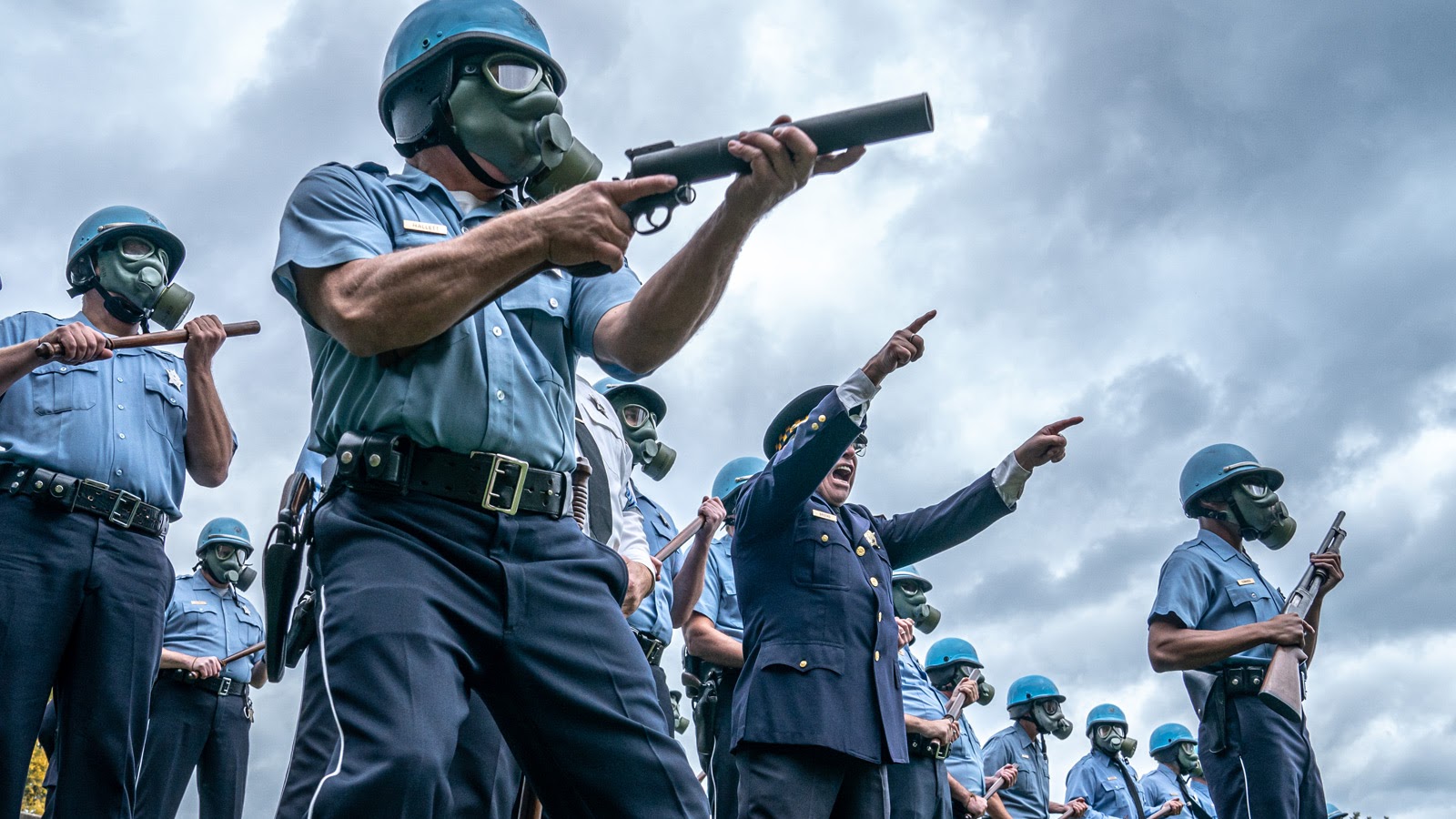
BAUMGARTEN: I had worked previously with Aaron Sorkin on Molly’s Game and collaborating with him on that film was a great experience. Then, in 2018, I heard that Aaron was going to direct The Trial of the Chicago 7. Once I’d read the script I was hooked and made sure I could find a way to do it, and in October 2019, production started.
To research or not to research
Of the eight Best Picture films, nearly all were based on some kind of pre-existing material.
So the question is, should you do the research—watch the play, read the book, see the documentary—or is it better to go in with fresh eyes?
The Father was a play and had a previous film adaptation. Had you seen the play before you cut the movie?
LAMPRINOS: No, I wasn’t very familiar with Florian’s work. I wanted to be completely clear-minded before going into the movie and I didn’t want to be influenced at all. I don’t even want to go on set during filming because I don’t like to be around actors—I don’t want to pick up on the gestures or habits they have in everyday life so that when I watch dailies and I see those things I wonder, “Is it the character? Is she out of it here?” I have enormous respect for the craft of acting, but as an editor, I avoid them as much as I can.
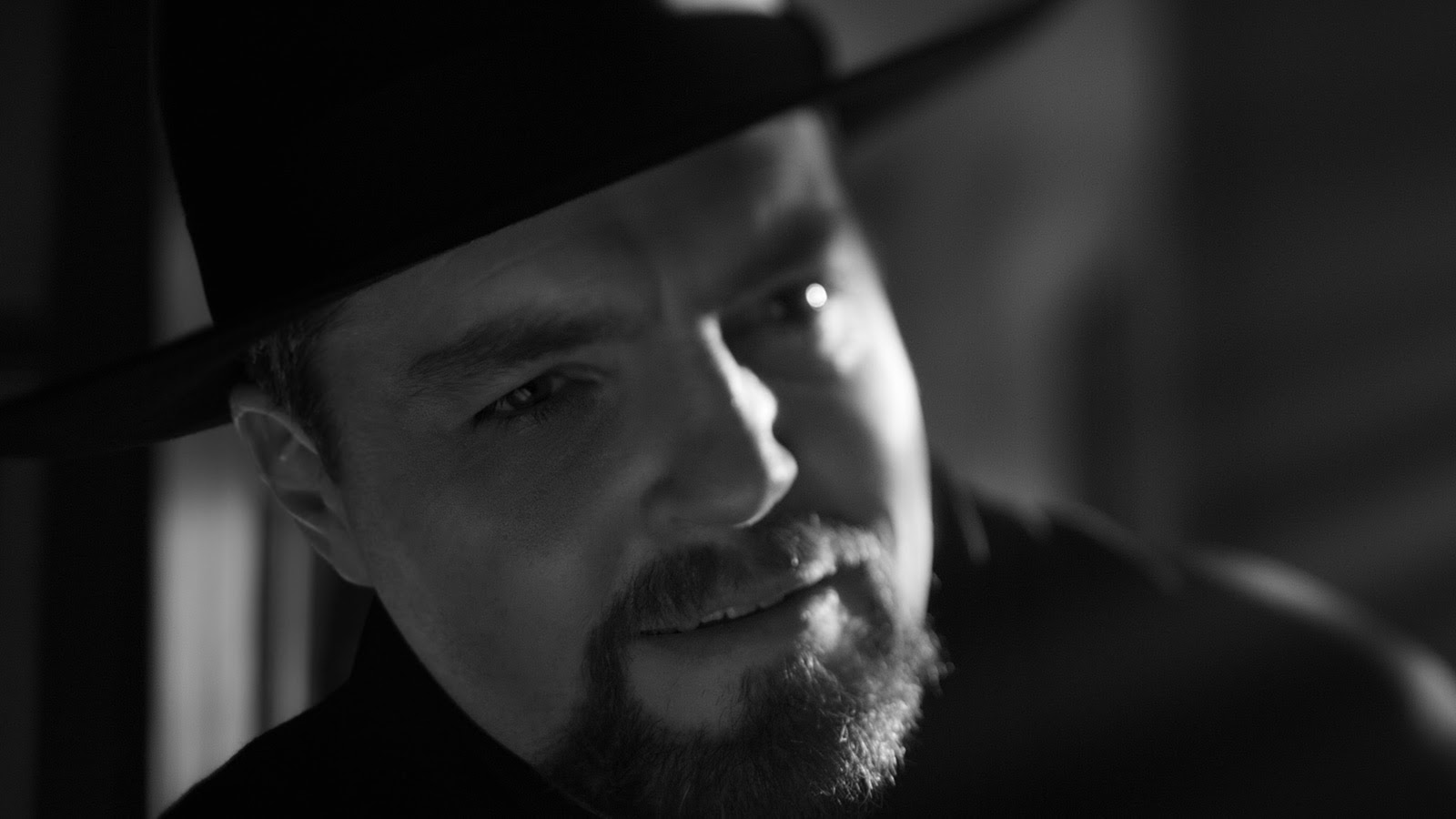
Before you cut Mank, did you screen films of the era or even Citizen Kane?
BAXTER: No. I had this embarrassing conversation with Don Burt, the production designer; Erik Messerschmidt, the cinematographer; and Trish Summerville, the costume designer. Fincher put us all together and one of the questions that came up for all of us was how everybody researched and prepped for their roles.
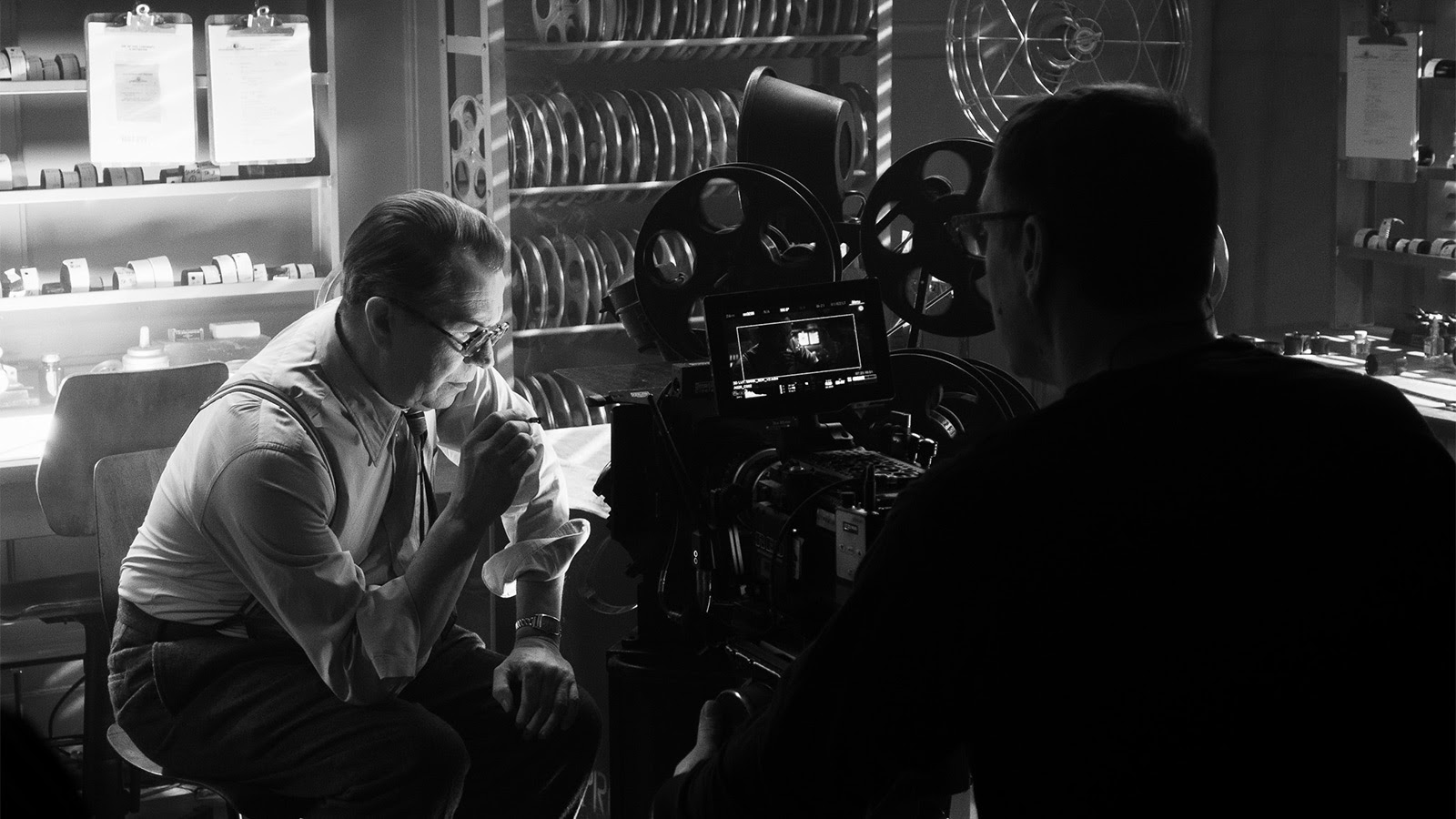
It became embarrassingly clear that I was the only department that doesn’t require this, because I sat down to watch Citizen Kane again—and I’m okay receiving hate mail for this—but it just didn’t hold my attention. That’s got a lot to do with its pacing. Things have progressed in storytelling. I can appreciate it for what it did and how it moved forward and I just adored the end of scenes—the way they sort of would fade down within a scene.
The trial in the movie was a real-life event. Did you watch documentaries or read books about the actual trial of the Chicago 7 and the 1968 Democratic Convention?
BAUMGARTEN: The research is a fun part of the process for me, whatever the project is. I watched some of the previous films on the subject. The Brett Morgen film Chicago Ten is great. Haskell Wexler’s Medium Cool is amazing, with incredible footage. There are also really some good books about the trial like Conspiracy in the Streets. I also bought the transcript of the trial—a giant book with all the court records and transcripts—just to have it for reference. And it came in handy on several occasions!

Facing the blank timeline
Every editor has a different approach to facing the blank timeline each morning during production.
How do they have their assistants prep scenes? How do they watch dailies? Some editors like to watch every single frame and do their own stringouts, while others enlist the help of their assistants.
LAMPRINOS: I don’t look at the script. I don’t look at what the script supervisor noted during the filming because the impressions you get while you shoot and the impressions you get on the screen in the editing room are two completely different things. I’m not the type of editor that watches four days of shooting before starting to edit a scene. As I watch, I need to put things together. I try to put a first assembly together as fast as I can because it’s not the film—the first assembly is something that will allow me to watch the film from beginning to end. When I do an assembly, it looks like a movie. I’ve already put in music and sound, and I try to have a pace that we want to feel when we watch it.
I also don’t want to spend too much energy on it because I need to save it for when I work with the director. You can be wrong. You can try. You can fail and it’ll just take a little bit of time to adjust or put together in another way.
I don’t like to work on a scene till it’s perfect. I need to go as fast as I can to be able to have the whole big picture in my head and then we’ll go back. This also allows me to go back to a lot to the material because I’m not tired of it. I’m trying to preserve myself as much as I can from the material to maintain my objectivity and also because if you see something that you didn’t see before it helps trigger new ideas.
SPRAGUE: I like to do very detailed line-by-line stringouts of everything. Sometimes the assistants do it, but I do it myself sometimes because you really learn the rhythm, performances, and everything when you do that. I’m literally taking each line, every take, every angle, all in a row.

Usually, I’ll build toward some moment or take that was really good and then it’s figuring out which takes to use between them.
But if you break it line-by-line, there’s that tendency to say, “This is the perfect line, then this is the perfect line,” and then when you put them all together it doesn’t work.
SPRAGUE: I use the stringouts to just find the pieces and then match-frame to the original piece so I can watch a little bit more than just one line.
That kind of assembly shows you what you have. Assemblies are always bad. There’s no way around it. You’re getting to know the footage. You’re finding the rhythm within and between scenes. The assembly gets better as it goes, because you’re figuring it out. It’s more informative than an actual cut.
Is there something that leads you to cut to the next shot? It’s not just boredom with being on that shot—is it when a shot has achieved a certain energy that’s propelling you into the next shot?
BAXTER: Ultimately it becomes clear in the scene—with watching and re-watching—when you’re overstaying your welcome. Sometimes if you jump off too soon there’s going to be more ping-pong than you want, so if you hold out that little bit longer you can reduce a little bit of that. I guess it’s just the willingness to explore. It’s like a chess match—if I play that move here, how does it translate six moves down? If I go back to the beginning and I play that move one beat later, what’s the ripple effect? I’d be a genius if I knew all that ahead of time, but I only know by working through it.
It’s like a chess match—if I play that move here, how does it translate six moves down?
What’s the first thing you do with a blank timeline?
BAXTER: Whatever’s been shot, I’ll go through and mark up in each angle with the multi-cams where I want to be at which time, and mark how I want those scenes broken into pieces. I’ll Add Edit and choose which angle to be in, and slice in a mark saying, “I want these things separated.” A seven-minute scene might be broken into twelve chunks so that when I analyze each performance I’m analyzing a twelfth of it. Then I can really understand, “Has this bit been nailed?” I’ll map out precisely where I want everything to be and then hand that to the assistants and they’ll replicate those cut points through all the takes and start to build scenes out for me.
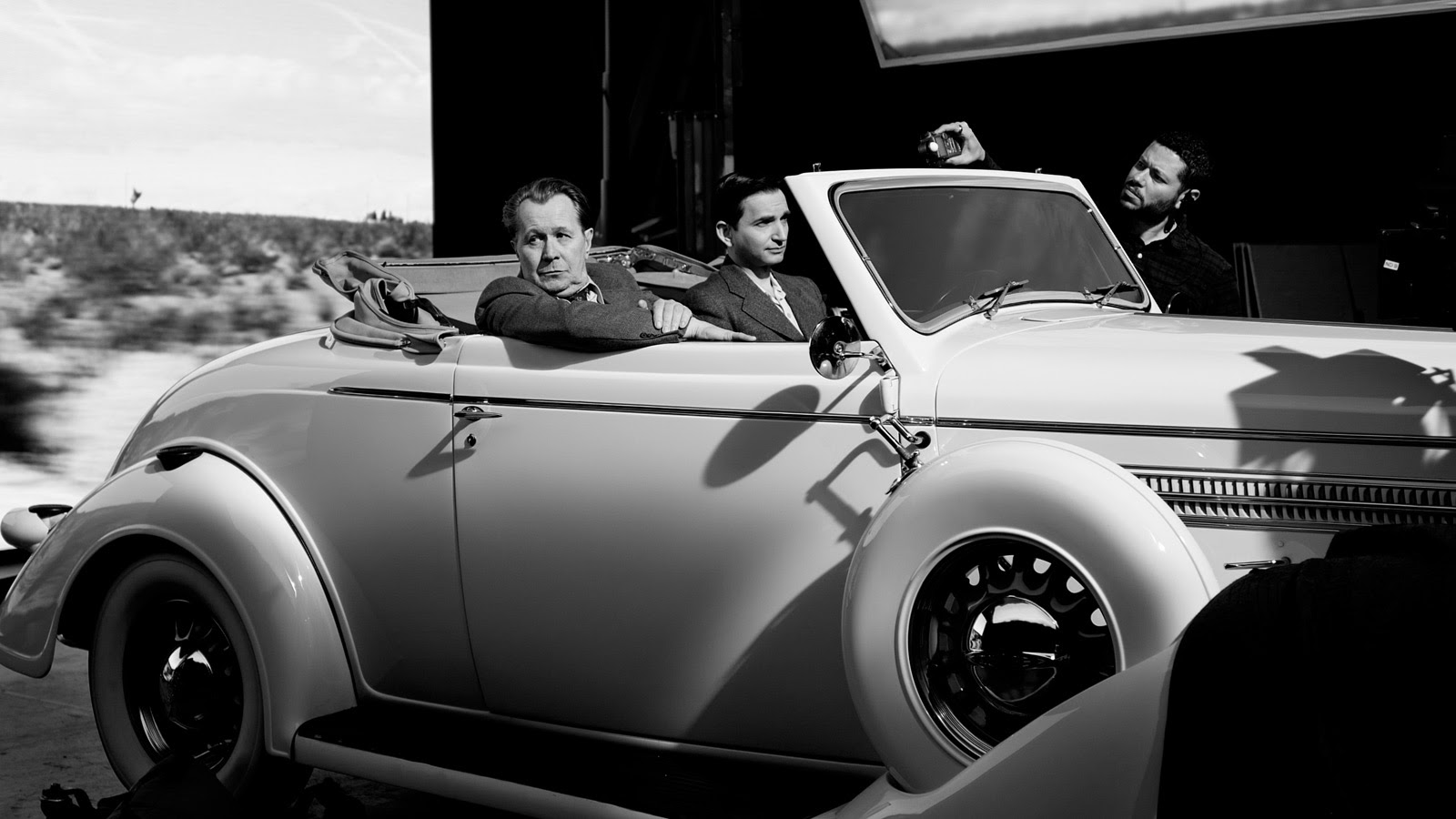
Then I’ll watch through a scene that’s been broken down and I’ll raise to video layer two everything of interest. Anything that I raise gets passed off and the assistants will sort that into a reel of selects but placed in scene order, so when you get to a movement or beat, you see it in the master and then you work your way into tights and closeups and things like that. I slowly shrink down those selects, so it becomes clear what’s redundant within that piece, like, “No. I’m definitely not going to be in the master here. I don’t need that closeup here.” The more you reduce these things down to where you’re not judging ten-thousand things—now you’re just judging one hundred things—you can progress and make solid informed choices.
How does your approach change when you’re getting a lot of dailies versus a manageable amount of dailies?
BAUMGARTEN: My process varies depending on the scenes I’m working on. Ideally, I like to watch the dailies first and not take notes—just watch all the footage and take it in. But, often I have trouble holding myself back and it also depends on how much footage there is. My next step would be to either take notes on the dailies or to start making selects. I generally make selects of all of my favorite pieces, all the important moments in the scene, and build them into different sequences, sometimes by character or by beats within a scene. I don’t try to fine-cut right out of the gate. I’ll work on a scene until I have a good sense that it’s coming together and then continue to shape it by going deeper and adding more layers.
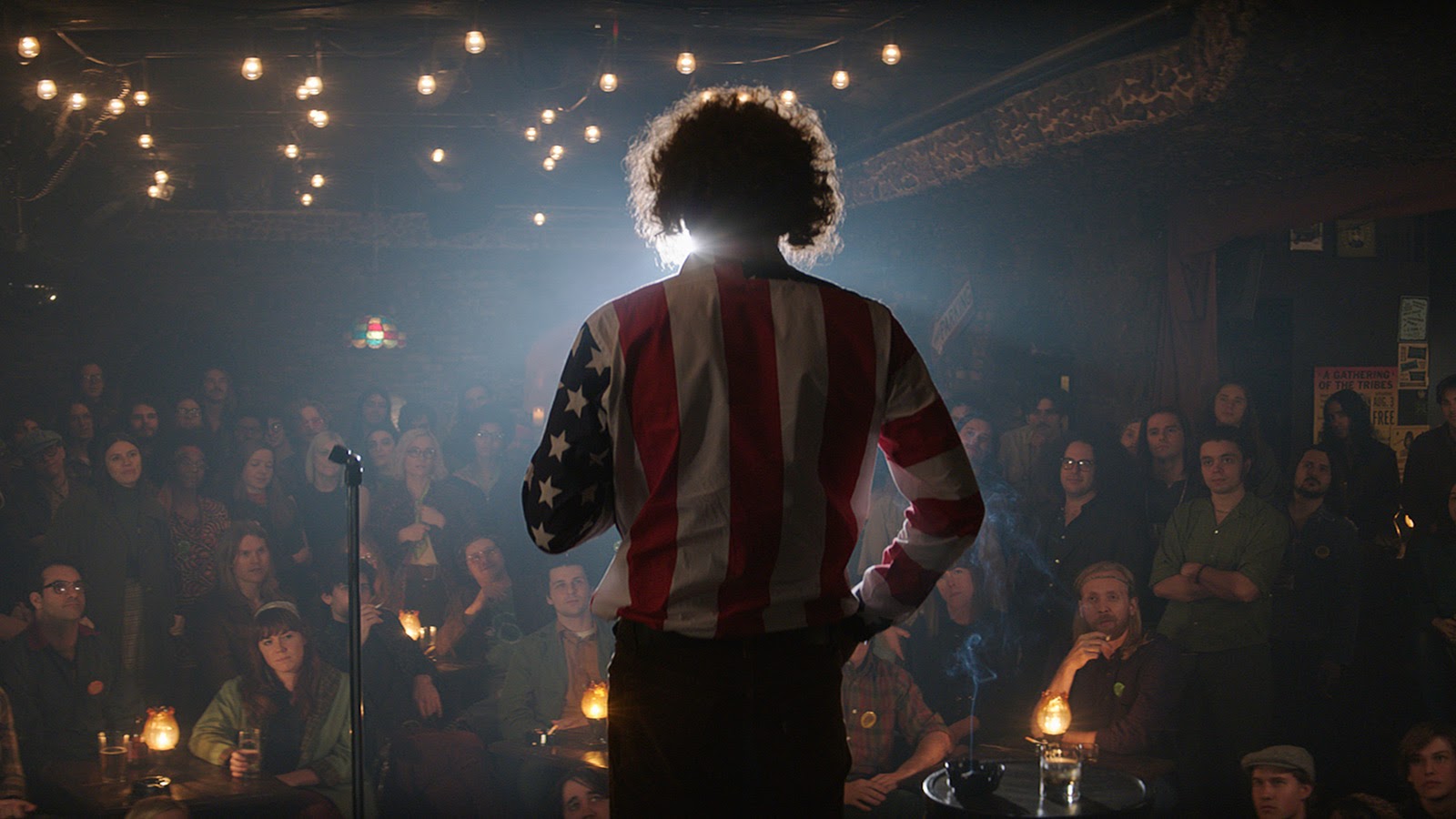
Storytelling and structure
At our core, editors are storytellers, and while that’s important during the first assembly, our role becomes even more critical once the scenes are assembled and we can see everything in context.
Often there’s a fair amount of restructuring involved and large chunks are removed to get the film to a watchable length. How do these editors decide what stays in the assembly—and what doesn’t?
THORAVAL: I always believe that the movie will reject what it doesn’t want. If you’re trying too hard to do something that doesn’t fit the movie itself, it doesn’t work and you can tell. I think it’s very important to have time to not be exactly where the director wants you to be at the very beginning.
SPRAGUE: It was obvious early on that we had to figure out the balance between our two leads. With this film it was a lot of asking, “Whose story are we in right now and where do we need to be?”
We tried many different ways to start this film, really. We tried to see if we could do without any of the newsreel footage. Originally, we wanted to see if we could start on the shot of Bill O’Neal walking up to the car because we thought that’s just a great way to start a movie and set the tone, but we realized people are bringing different levels of understanding to this. So we decided we have to at least establish some sort of baseline so people can understand what the Panthers are doing and why they’re doing it.
YOON: I think we had a really strong cut right out of the gate. It was very clearly a process of removing good things that didn’t serve to focus the audience’s attention on what was clearly the heart of the story.
On its own, it was one of the funniest, most exuberant scenes we had, but at that moment, where it landed in the film, it took us down a totally different emotional path.
One of the things we found was that as rich and successful as those second storylines or those little detours were, and the positive effect of fleshing out the world and the completeness of Isaac’s memory, they distracted us from some of the subtle things that the family members were going through at the time.
For example, there’s a bike scene in the trailer that was one of the last things we cut. On its own, it was one of the funniest, most exuberant scenes we had, but at that moment, where it landed in the film, it took us down a totally different emotional path. It distracted us from where the characters should be, emotionally.
That was really eye-opening for me. It reminded me again of how—particularly at that late stage in a feature cut—so much of it is about taking things away rather than adding. What else can we remove to make what’s left even more muscular and the architecture that much more elegant?
Promising Young Woman jumps between a number of genres. How do you navigate through horror and romcom and psychological thriller and keep the transitions smooth?
THORAVAL: One of the most important things was that from the very beginning of the movie we needed to connect with Cassie, to use her as our emotional North Star, and this was the only way, for me, to have the tonal shifts work as seamlessly as possible. If the audience is very close to her, hopefully they feel the same emotions she’s feeling at the time, and she’ll guide them through the flow of the movie.
The introduction of Madison is the first place where we see Roman numerals acting as chapter breaks. Was that in the script? Or were they added later?
THORAVAL: No, they were not in the script. Emerald brought it up in the cutting room. Each number, like a chapter, helped the structure by signaling the audience that it was the beginning of a new phase in Cassie’s plan.
Mikkel, can you describe how Sound of Metal started originally in the script and then got to the point where you’re starting with him sitting at that drum set?
NIELSEN: The original structure started with what is now the second scene in the movie—the Airstream. Ruben woke up his girlfriend and they talked about music. The idea was to have the audience connect with their relationship. But it was difficult to understand: Are they equal? What level are they? The choice to start the movie on Ruben drumming is strong because it’s your way of knowing who he is. And then when he loses his hearing you know that he’s losing the thing that defines him. The moment we moved that concert up to the beginning of the film, you immediately understand their relationship. They’re the band. They’re a unit.
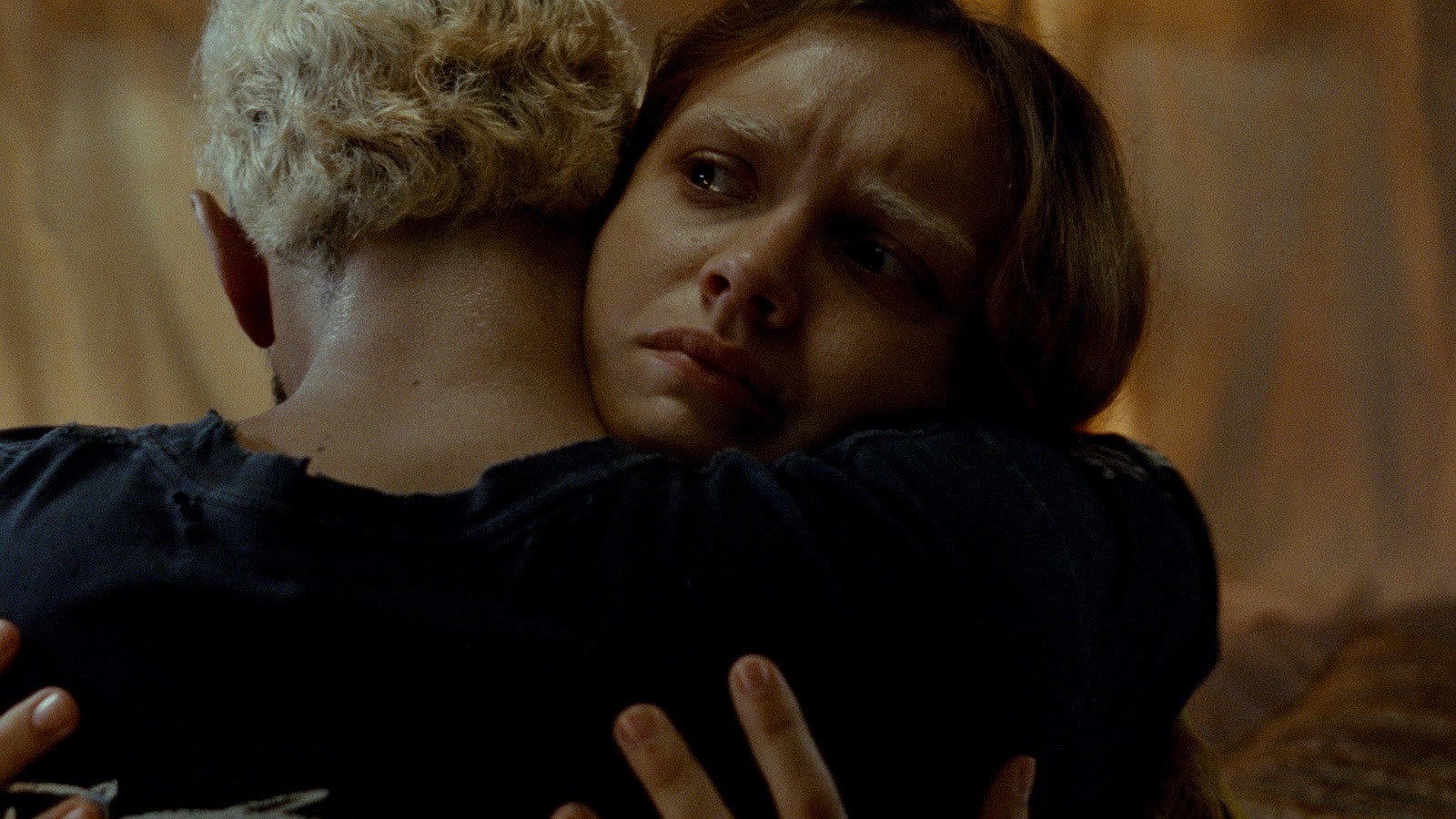
In the nuts and bolts of watching dailies and putting together the first cut of a scene, how are you telling the story in a way that amplifies the story beyond what’s in the script?
BAUMGARTEN: I start by focusing on the intention of each scene. What do I want to convey and what’s the best way to do that with the material I have? I’m always looking for the performance that grabs me or rings true in a way that says “use this.” I’m also looking for shots that are interesting visually, that illuminate something without the need for dialogue. Reaction shots are also very important. You want to have all the characters in a scene involved in the right way at the right time—sometimes that’s in the script and sometimes you discover it as you edit the scene.
Pacing and dynamics
Pace and rhythm are essential to creating the dynamics of a film.
In music, there’s an underlying structural rhythm but the dynamics vary, and it’s the same with movies. It can’t all be one note, one pace throughout.
Mank is supposed to look like a film from the 1930s. Is the style of the editing also similar?
BAXTER: Absolutely not. It came up in conversation with Fincher—whether we should purposefully slow down our pacing and our response time to things, and it was my point of view that it would just make it seem a bit shit. If it was edited like a movie from the 1930s we’d be sitting in masters and in two-shots and letting the actors do their thing. But I think today—and with Fincher especially—we’ve got the ability to move around at a much greater pace and with that, because you’re dissecting a scene into smaller pieces, you can control a performance and the intention of the scene with much more accuracy.
Harry, almost every scene seems like a oner. I know that’s not true, but the scenes are cut in a very disciplined way.
YOON: I think, for the most part, it was to hold on really beautiful compositions, to allow us to live in the moment and in the performance and then to only cut as needed, unless it was shot more vérité and should feel more dynamic and of-the-moment. Or a sequence that’s designed for more kinetic action, like toward the end—that type of thing.
In Promising Young Woman, just before the Paris Hilton montage, there’s a slower, sad montage. Can you talk about the value of slowing things down there and opening that up?
THORAVAL: It was a complex moment. Basically, there were two things we needed to deal with: How to arrive at that song and how to make sure that we had enough before it to earn that moment. We needed to have the connection between them but we were not able to do what you traditionally do—continue on the same flow. We had almost all the elements but we were still missing two things: the transition to the kiss and the transition to the pharmacy.

So we looked into all of the scenes we didn’t use—all the elements that we could repurpose—and we created that moment where she’s lonely and sad. It gave us enough time for Ryan to come back into the coffee shop and kiss her. It helped to finish that moment and to transition to the scene after and enter into the Paris Hilton song.
Aaron Sorkin is very well known for rhythm and pacing in his dialogue. Is that something that really drives your visual pacing of a scene?
BAUMGARTEN: I would say first and foremost that it’s the element that drives everything. In many cases, characters are speaking on top of each other. But we also pay attention to when to back off and take pauses, when to let the reactions breathe. So it’s finding that balance of good pace in the dialogue along with timing the right reactions.
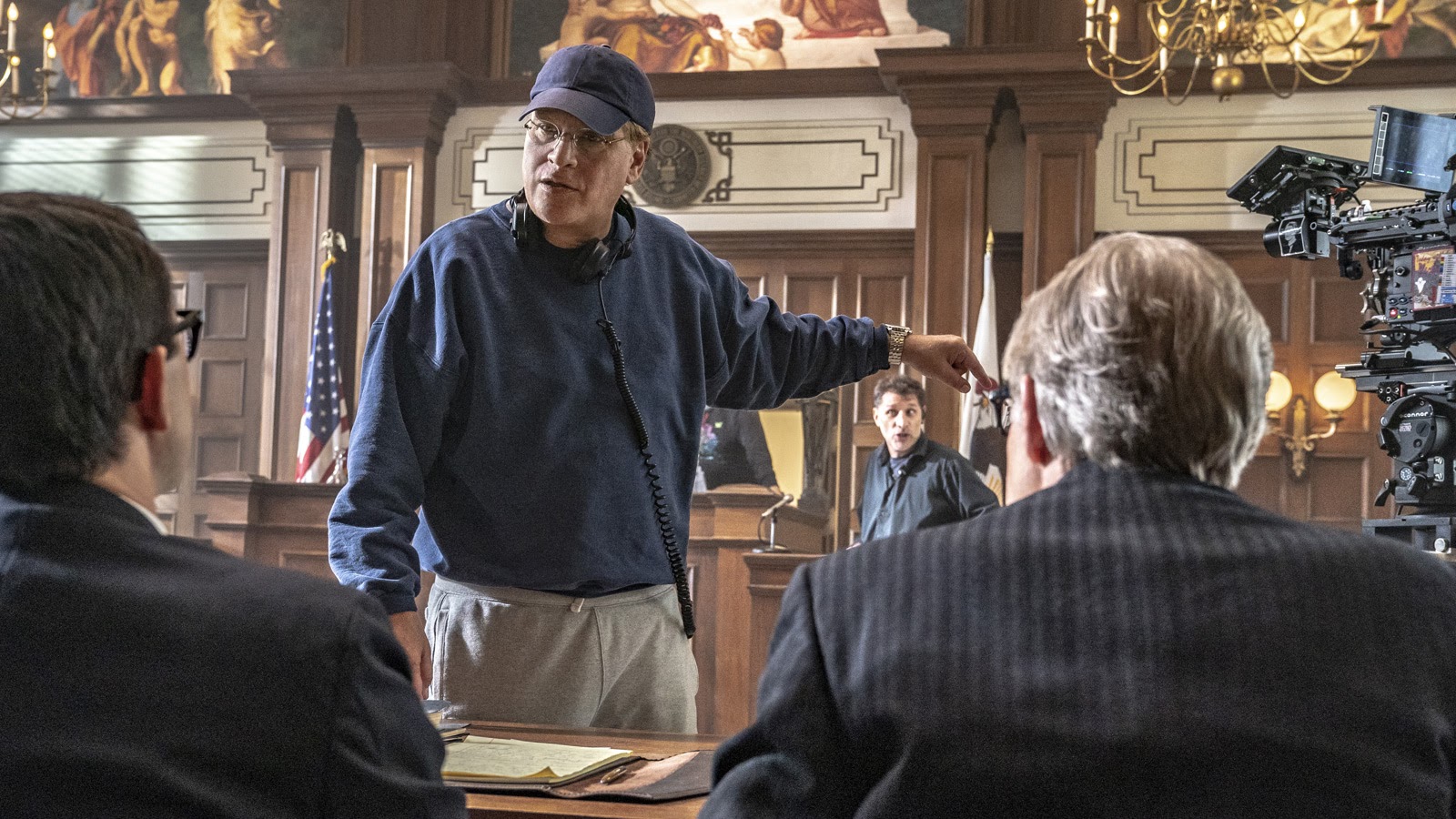
The politics of the cutting room
The editor’s job is to bring the director’s vision to life while making the long process of getting to a final cut pleasant and enjoyable
So what does that take? Some combination of the political skills of a master statesman, the psychological prowess of a good bartender, and the manners of a debutante.
Occasionally, the editor may have to help the director reshape their initial vision, which also requires the negotiating ability and salesmanship of … Ron Popeil? Finally, as many editors have pointed out, it also helps to be part “mom.”
Every director is a tragedy when they come in. And if they say they are not, they’re probably lying.
Yorgos, you said that all directors are in a fragile state when they come to the edit room. The film they’ve been thinking about and working on for five years or more is sitting in front of them in pieces.
LAMPRINOS: Every director is a tragedy when they come in. And if they say they are not, they’re probably lying. I always say to a director, “What could have been doesn’t exist anymore. This is what we have. This is our material, and we’ll do the best with this material.”
How do you give criticism or push back and let the director know that making the story and the project as good as it can possibly be is all you care about?
LAMPRINOS: Sometimes you need to say, “It’s not personal. We’re creating something. I feel like this is going to work better and it’s not against you. It’s not against your taste or anything else.” Also, when you have a good idea, it’s the same thing. Nobody will say no to a good idea.
Kristan, talk to me about your collaboration with Shaka on Judas.
SPRAGUE: We met in high school and started making films so we’ve kind of figured it out together. The way we like to work is to watch all the footage and while we’re watching it, talk about it. Some directors want to give notes and leave and let you play around with it. Shaka likes to be in the room for most of it, but if we can’t figure it out together, he’ll leave and I’ll sit on it for a day or two and I’ll come back by myself.
Harry, how were you interacting with Isaac while you were shooting Minari?
YOON: I was sending him scenes pretty much at the end of every week. Emotionally it was important for him to feel like “Okay, we’ve got a film.” I think that buoyed his spirits while they were shooting.
Fred, you said the director gave you a mood board on Promising Young Woman.
THORAVAL: Yes, both the mood board and the playlist gave us a clear idea of what she was aiming for. It was at the same time intriguing and exciting. Emerald sent a more elaborate version of the mood board to the whole crew before the first day of shoot, too, which I found very clever. It was a great way to invest everybody on set.

Aaron’s so well known as a writer. Is that something that carries through into the editing room?
BAUMGARTEN: It carries through amazingly well. Aaron appreciates editing very much, and I think he feels a kinship to the process. There are similarities to writing in that we’re alone working on the material in editorial in much the same way a writer would be alone working on a script. Aaron values and trusts the process and he doesn’t want to sit over my shoulder. He gives me a lot of freedom to take time with the material. In that sense, I think his experience as a writer translates very well into the way he works in editorial.
I’m assuming he’s incredibly busy so, other than notes, how much were you in the room together and how does he like to work?
BAUMGARTEN: During the director’s cut, Aaron is very disciplined—he likes to come in every day, but he doesn’t usually spend long stretches of time with us. He likes to give notes and then leave me to work on those notes, and then he’ll come back and review with me and we’ll finesse things together.
When you’re working with a director and they ask, “Is this the best take?” how do you respond?
BAUMGARTEN: When people ask, “Is that the best take?” I usually say, “Yes, I think it is the best…for this reason.” It’s very important to be able to communicate and explain the logic or the thinking behind what you’ve done. There have to be concrete reasons why you made a specific choice and about what you were going for and what you did to achieve it. And the most important factor behind the choice can be subjective. Sometimes people lean too much on what is technically the best, and that often isn’t the most important reason to choose something. Sometimes technical perfection is the right thing. Other times it’s an emotional reason, a feeling or something in the moment that comes through only in this particular piece that makes it the better choice.
And what about when it isn’t necessarily the best take, but it’s the best choice for a particular point in the scene as you’re building?
BAUMGARTEN: If it unravels too many things, you have to assess if it’s that important to use a take for what may be a single, isolated reason. There are probably other important factors you’re going for—the construction of a crucial beat you’re trying to get to—that might have led you to use certain specific takes. It’s very important to keep focus on the priorities of character and story. You have to understand what you’re going for and why, and make your choices with those things in mind.
Working with sound effects and audio environments
Sound touches so many aspects of the film—pacing, authenticity, world-building—that picture editing can’t really be discussed without delving into the audio tracks below the video tracks.
Sound design is crucial to all films, but none more than Sound of Metal, which was also nominated for Best Sound.
NIELSEN: Nicolas Becker was the sound designer on Sound of Metal. He worked closely with Darius about what the quality of the character’s hearing loss should sound like internally. I was more interested in it from a story perspective. When do you go in and out of his experience? When does it become too tiring? How long can you stay in that world? I got a lot of atmospheres from Nicolas. I tried to limit myself to only work with eight audio tracks with the dialogue in mono, and then atmospheres in stereo to broaden it out. Then I played around with filters and drones to create the tinnitus effect as he’s losing his hearing.
One of the big sound design concepts was the moment the deaf character gets his cochlear implants. Nicolas gave me a plugin called IRCAM to run everything through. I exported the whole ending of the movie and ran it through this program that made it sound like digital noise. Then, I would watch everything and decide when to be inside of his head and when to be outside. How long can you actually stay in that insane digital sound?
Yorgos, The Father doesn’t seem like a big sound design movie, but you said it was very important to you. You said that even when you were reading the script initially, you were pulling sounds.
LAMPRINOS: Exactly. For example, Anthony is in his kitchen and he’s making a cup of tea. I will find a specific sound for the tea maker that I feel might irritate you if I want you to be irritated, or soothe you if I want to be soothing. So, it’s very important to me because, in a sense, it’s sounds that give life to the picture. You need the sound to make something feel more alive because a picture on its own is a bit dead in my head. Also, The Father was shot on a set, so it’s completely dead. You needed to hear the sounds of the apartment so while I edited I would sometimes take out my phone and record the sound of a door creaking.
Sound plays a big part in pacing. Many directors are not as aware of that as they should be, unfortunately. There are sounds that get repeated because it’s part of the story. It’s also the way you set the space. How much do you listen to the city environment that surrounds him or not? It even has to do with Foley. Something silly, like footsteps, can give a completely different impression according to what type of footsteps you record for the character. So, to me, sound is a whole world that I really love, and I always take part in the recording and mixing process because it’s important to me and I’m meticulous about it.
SPRAGUE: During the picture cut of Judas, I didn’t do too much sound design. I just want to make sure nothing is distracting and that you understand it’s supposed to be urban or city outside and you hear city sounds.
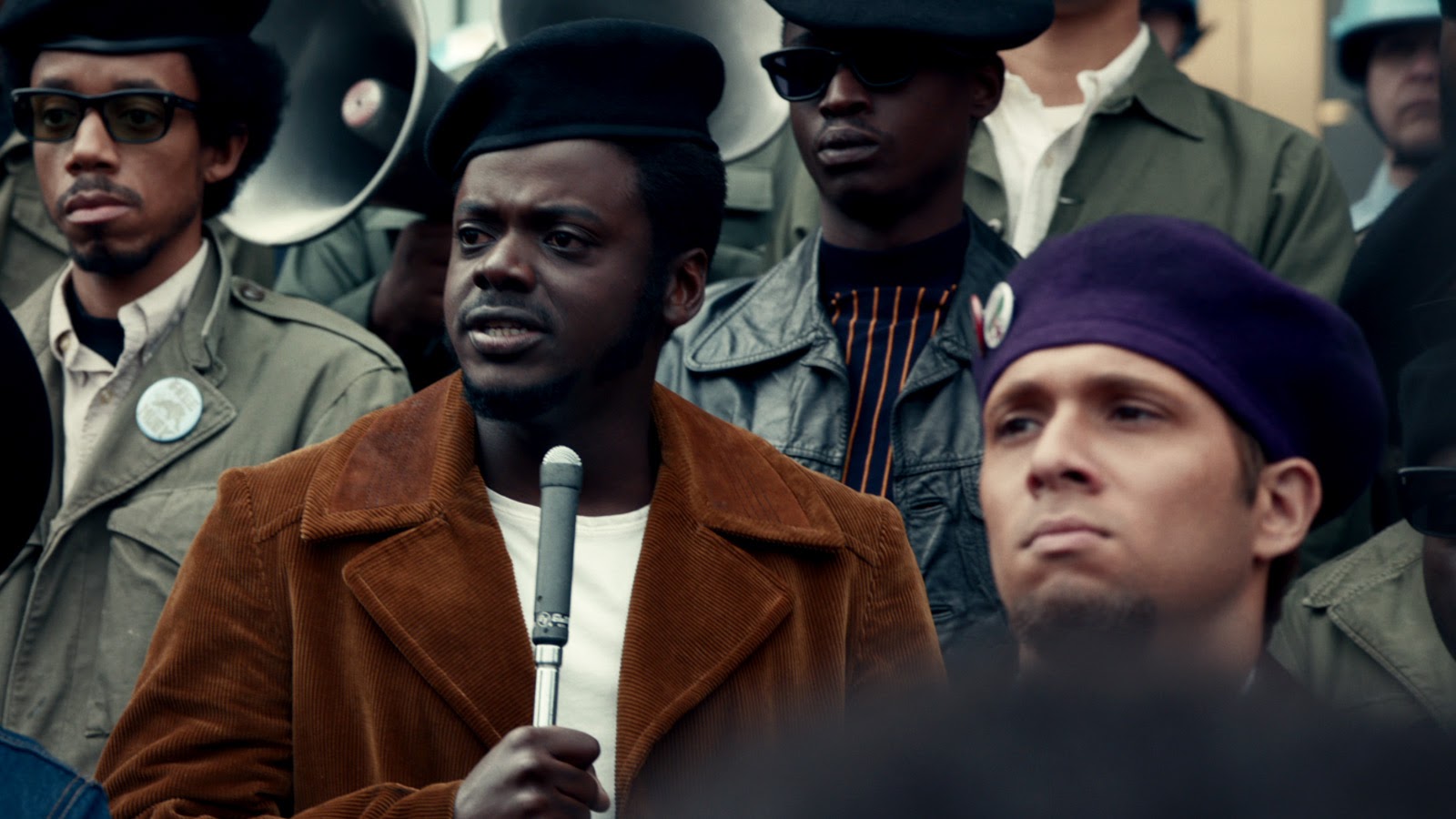
In the scene between O’Neal’s apartment and Mitchell’s house, the sound design was always there. We definitely want to hear the city outside and then cut and hear a lawnmower and birds—very suburban.
We had an amazing sound team and I let them do their job. We had Skip Lievsay and Rich Bologna. Rich was the supervising sound editor and sound designer and Skip Lievsay was the sound mixer. He’s won multiple Oscars.
In Promising Young Woman, there’s an interesting scene where Cassie is in her car with her head against the steering wheel and a guy pulls up behind her and he’s yelling at her and his audio is muffled and sounds intentionally distorted.
THORAVAL: That scene comes out of the scene with Connie Britton which is the moment where, for the first time in the movie, Cassie explains to the audience what happened to her friend. It’s a tense, confrontational scene between these two women, but now she has to face herself and her actions. The tension that grows is now internal, which leads us to that car scene.
We start a drone that builds up and takes us to Cassie in her car. She is listening to Wagner’s Liebestod which is muffled because she’s in her world, reflecting on what just happened. We stay in her perspective, hearing muffled horns and suddenly an angry guy enters the frame, harassing her verbally, forcing himself into her world. One last insult takes her back to reality. And when she gets out of her car, the voice of the guy becomes clear and normal. The music becomes clearer, too, but made to sound like music coming from a car radio. While she turns her car around, we slowly transition into full score, at the peak of the music when she hits the windshield of the guy, following her and the state of her mind.
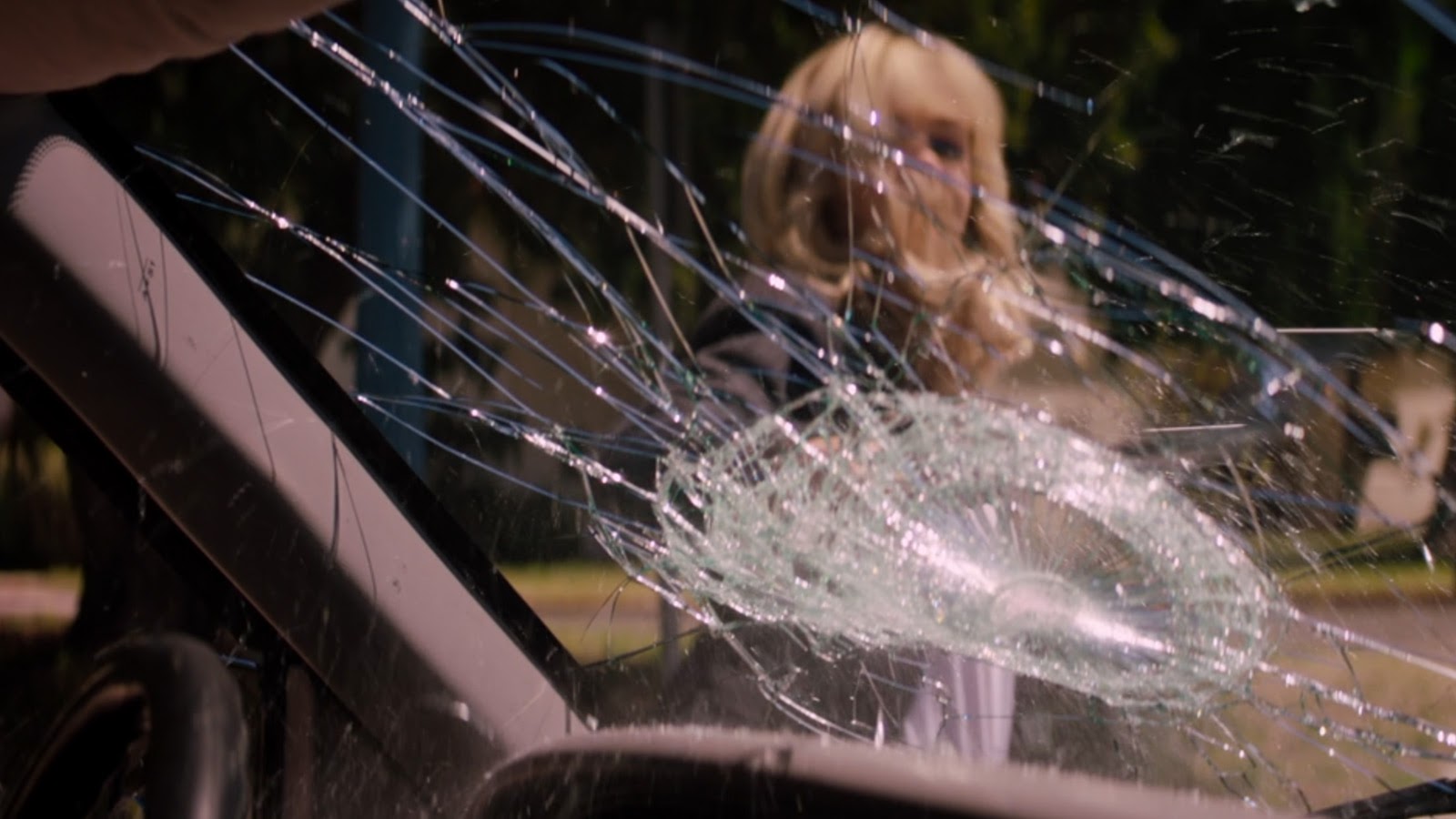
The sound design and the music are always very connected. That’s why, for the mix, the dialogue and music mixer, Scott Weber, and the sound supervisor/fx mixer, Frederic Dubois, decided to split things so Fred was able to mix the source music cues. There was a lot of work to prepare these cues to be used as diegetic sounds so they would feel integrated into the space of the movie.
Music, scores, and composers
Music played a big part in cinema even back in the silent movie era, with organists, pianists, and small orchestras accompanying films live in the theaters. And music is still an essential part of modern cinema.
Good editors have to be careful that the temp score they use while cutting doesn’t lead the audience emotionally too much. And most editors and directors are careful not to tie the composer’s hands by their choice of temp music. If you can’t get John Williams to do your score, don’t use him on the temp track.
Despite all of the caveats on the use of temp music, it’s still essential in cutting a film.
When do you start using temp music? Or do you use it?
LAMPRINOS:I don’t anymore because I’ve been bitten so many times. It’s difficult for a composer if you screen the film for them with the work of another composer. I did a film before The Father with composer Gabrielle Jaret. We only temped with his previous music, so we were already in the mood of what he was going to do.
The score for Mank definitely felt “period.” Trent Reznor and Atticus Ross composed. What did you temp with?
BAXTER: Only with Trent and Atticus’s work. I love those guys so much and they’re so easy to work with and just so damn good. Straight away, when you’re listening to them, it’s like, “Oh my goodness! This one is a bullseye for that drunken fever-dream during the election night.”
They wrote for the film but they didn’t write to the film. So they sort of handed over their first album and said, “Here’s Mank Vol. 1” and of that, I think three-quarters of the music is in the film. And then we started sharing scenes and in came “Mank Volume 2.” Then by the time I’d assembled and we were starting to fine-cut, they were writing specifically for scenes. And they might send two or three versions and we’d lay them all up, weigh everything, and jump on the one that was the most hand-in-glove.
We’d say, “This is the most beautiful one. This is gonna be the Mank score. Let’s save this for the most emotional parts. This can be the conclusion, but if we’re going to use it in this part of the film let’s try to find two or three more homes for it, so it’s earned by the end and will slowly evolve that track.”
Kristan, what did you do to prepare for the movie, musically? Most of the music from Judas and the Black Messiah sounded like licensed music, but there was definitely original score. How did you combine the two?
SPRAGUE: Shaka had a playlist. When he sent people the script, he also sent a playlist of songs from the era, so we had that and then our edit room assistant had good taste in music. We wanted the music to be period-appropriate, but we didn’t want it to just be pop music. We were definitely looking for a lot of jazz—free jazz especially, which is looser.
Technically, we had four composers. The two original composers were Craig Harris, who’s a jazz musician who had never done a movie before, and Mark Isham, who’s done over 200 movies and TV shows.
They worked together. We did a spotting session and we talked about what we thought we needed. We were going to write some different themes for different sections and then have some jazz musicians take those skeletons and improvise.
We also had Marvin Morris as our music editor, who’s great. We wanted more classic score, so Mark and Craig would make stuff for different scenes and we would go back and forth with them. Then two others were added: Quelle Chris, who’s a rapper, and Chris Keys, who’s a producer.
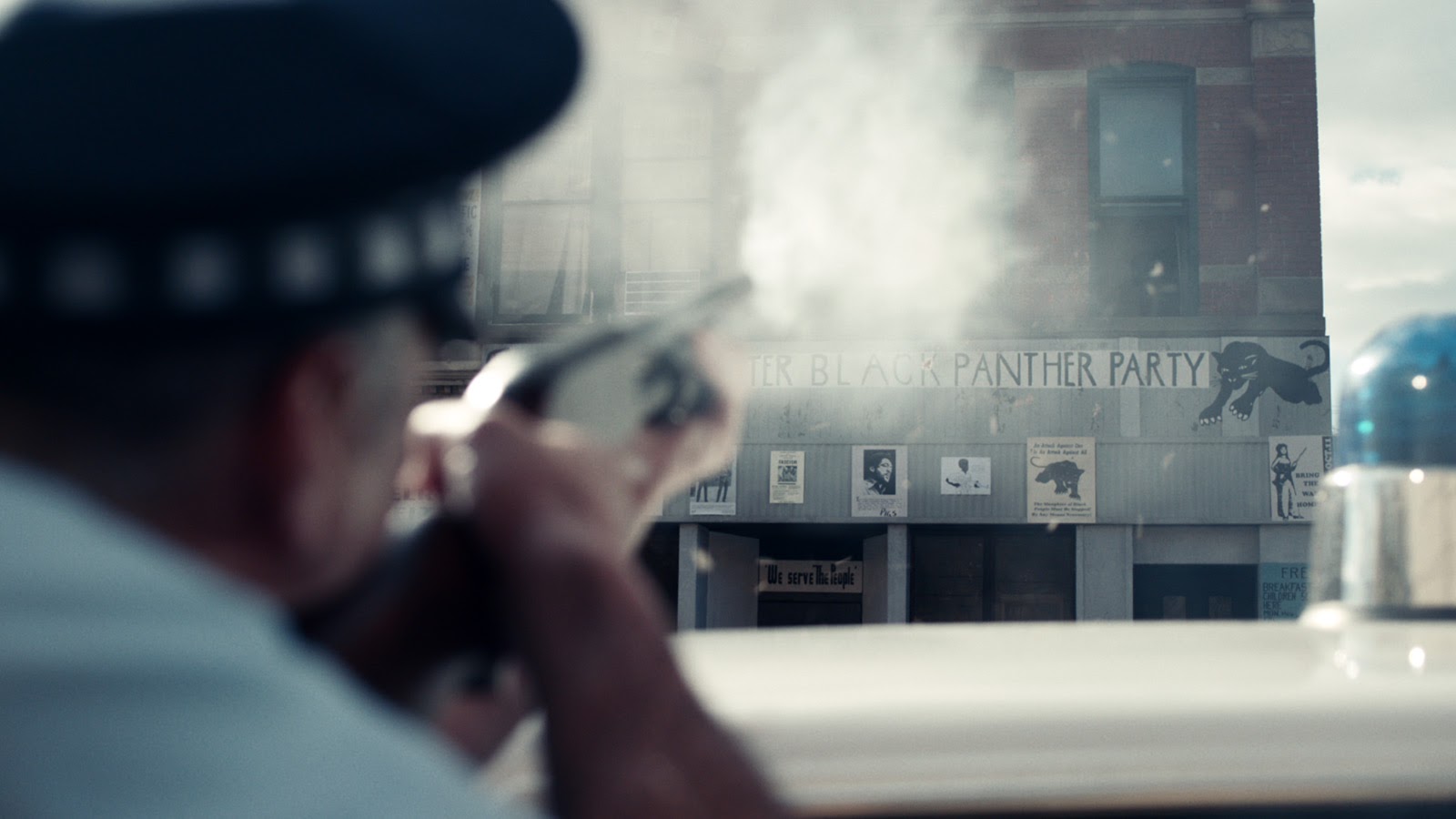
A good example of how that worked was with the shoot-out in the middle of the film at the headquarters where the police come. Originally, we cut that scene and there was no music. Quelle asked if he could try something. He made a percussive track. It was just drums and it really worked, but it didn’t sound like anything else we had in the film. We cut it in and then basically we gave it to Mark and Craig and they started adding things on top that were more in the vein of the other stuff. I think all four of our composers had a hand in that one piece.
What about the music for Minari?
YOON: One thing that really stands out for me editorially is the impact that Emile Mosseri’s music had on our process. I was lucky enough to hear some of Emile’s music because he did the score for The Last Black Man in San Francisco and he created one of the most gorgeous scores I’ve heard in a long time—in record time.
Even before they shot, Emile wrote a couple of sketches based on the script and on his conversations with Isaac. Isaac listened to some of those sketches as he was driving to set, and I listened to them before I cut a frame. Music operates in different areas of your brain and your emotions. There was a story, and a tone that Emile was downloading into our brains and I feel like it infused what they were shooting and the editorial direction and tone of what we were cutting.
It’s sort of lush and sweeping but with voices that feel unusual and more like a memory than fully present, and there are ethereal qualities from a slightly out-of-tune piano. It’s like this older piano that he used. He’s a singer-songwriter in his own right, so he has this gorgeous falsetto that he records and overdubs. You hear a voice that’s been transformed into a falsetto chorus as an element in the film.

All of these unusual elements give you a sense of other-worldliness, and yet it’s still grounded in these beautiful melodies and themes. It feels familiar in its emotions but unusual and fresh enough in its instrumentation and orchestration that it feels new. It feels like you’re rediscovering something that feels true.
What about the scene when Cassie’s walking out in the park after seeing a video that rocks her world. It seemed like the music was score underneath with a totally different piece of singing above.
THORAVAL: It’s a song from the film The Night of the Hunter. When she is walking in the park, she’s devastated. We tried different cues and at one point Emerald came up with this eerie song. There’s a quality to it that is very unusual but that is very touching and talks to the heart. Everything is collapsing suddenly for Cassie. I think that song with that quality with the kid’s voice and the lyrics connects you to her pain.
The wrap
We hope that hearing so many different perspectives on the craft demonstrates that there is no single right answer for any editing question, and no single formula to any film.
We also hope that having access to the approaches and ideas of these accomplished editors helps you to apply some of their wisdom and techniques to your projects and to advance your art.
A big thank you to all of the editors who generously gave us their time and insights. And, again, if you’d like to learn more about any of them, you can find the original interviews at Art of the Cut.

